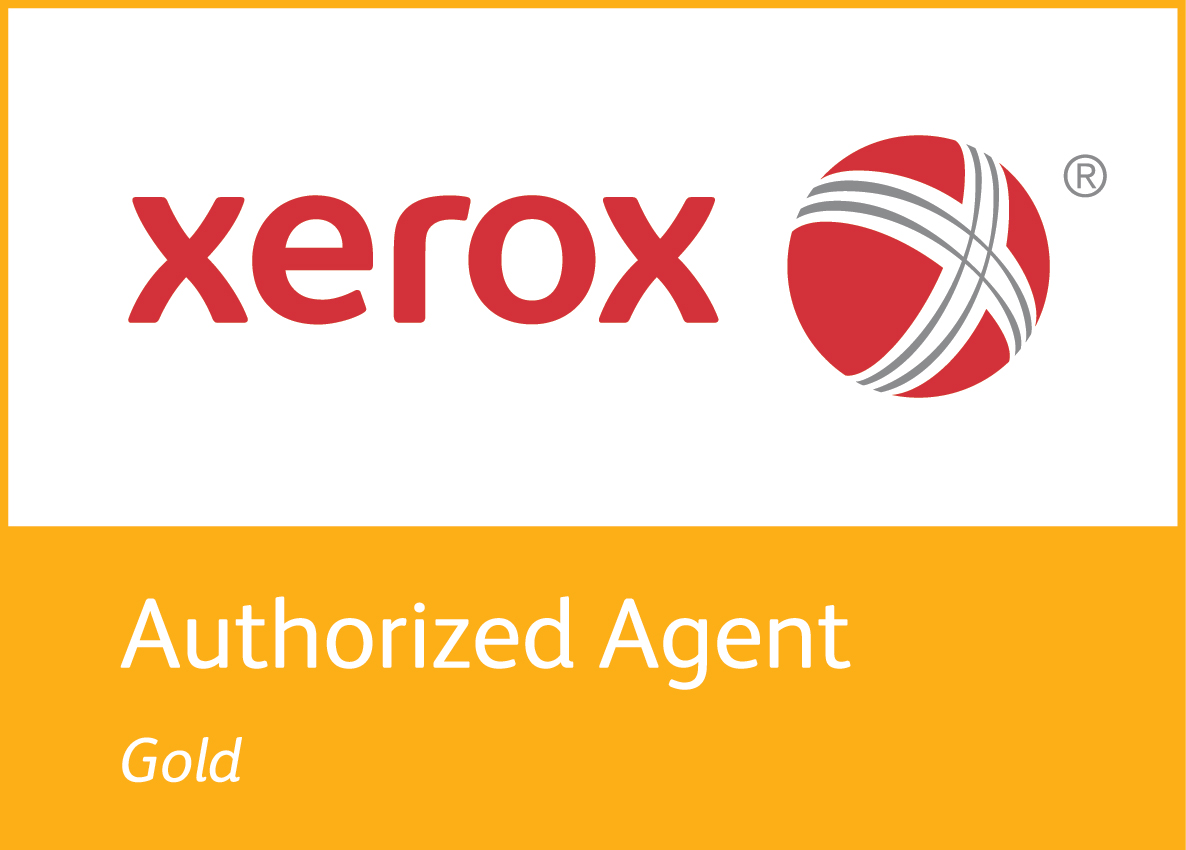Why Now is the Time to Get in the Wide Format Game
With the steady decrease in demand for outsourced, commercial print, more and more businesses are changing the way they output their large format documents. While investing in a new piece of office equipment can seem daunting at first, bringing your outsourced documents in-house can bring tremendous cost-savings.
Here are four things your should consider: color, costs, performance, and quality.
#1: Color: Full color or monochrome?
Deciding whether or not you want a one-color, or full-color device is key. Graphic intensive jobs such as posters and presentations will most likely steer you in the direction of at least a four color capable printer. If you’re looking to crank out higher volumes of one color wide format pieces, a monochrome printer will do. For those in the architectural, engineering and constructions segments, where you equipment may see more physical wear and tear from a variety of users, having a rugged piece of equipment that outputs your print jobs with toner may be important to withstand the daily demands from your teams.
#2: Cost: Service and Consumables
It’s important to look at the running costs associated with bringing your outsourced wide format printing in-house. You might be upgrading from an existing device and the supplies you may have already paid for are not compatible. If you’re acquiring new, watch out for hidden costs with expensive refill cartridges. Ideally, a monthly maintenance agreement that includes service and consumables for a set print volume will be your safest bet.
With all new things, it may take your teams awhile to get used to printing your jobs in-house— meaning there could be some trial and error on the first few jobs and some extra printed pages until you fine tune your workflow. Be sure to account for these added costs in the beginning.
#3: Performance: Rated Speed and More
While you might be looking at speeds and feeds of a wide format printer, there are a few other important things to look into before you make the purchase:
How long does it take the device to actually print a page once it is turned on?
For inkjet, how long to pages take to dry between prints?
Does the machine have self-calibration or manual print head cleaning options to enhance the performance and life of the device?
Processing time is also important as capabilities vary greatly within the market. If you typically print large file types, be sure to do a practice run with your vendor and see how the demo device performs with your native files.
Does the printer have an internal memory and how much does it have?
Along the same lines, can it print and process two jobs at the same time?
#4: Quaiity: DPI and Media Types
Last, but certainly not least, be sure to take your new device for a test drive before you commit. In the wide format world, output quality is most often measured in resolution or a machine’s dots per inch (DPI) rating. DPI is quite simply the number of individual dots that can fit within an inch on a print job. However, a higher resolution on a product spec sheet does not always mean superior quality. The way the printer interprets the data is also vital, especially if your organization prints a lot of documents with fine lines and detail.
Devices can also vary greatly on the types of media they can print on from vellum, to bond to glossy stocks. For black and white large format printers, no matter what substrate, print quality is more or less the same. Whereas with color printers, especially inkjet, quality can vary greatly across bond, glossy, and vellum papers.
One Size Does Not Fit All
Your choice ultimately depends on your specific needs, the number of people using the printer, and the print/copy/scan work of you team. When it comes to any equipment investment, there’s no such thing as a one-size-fits all solution. Still got questions? Give us a call—we can help make bringing in-house wide format printing easy.

